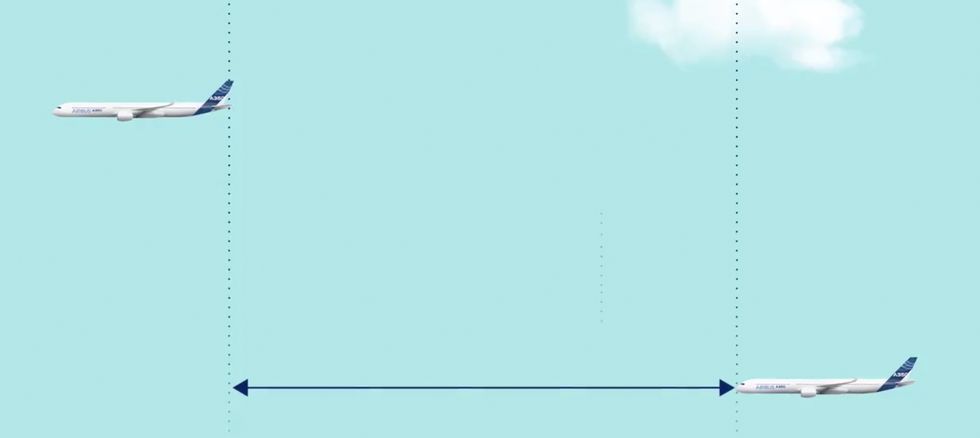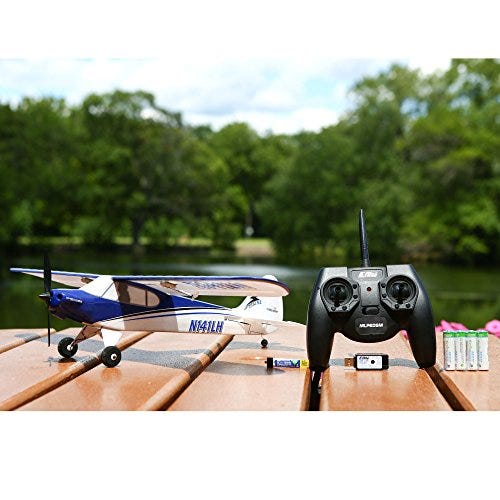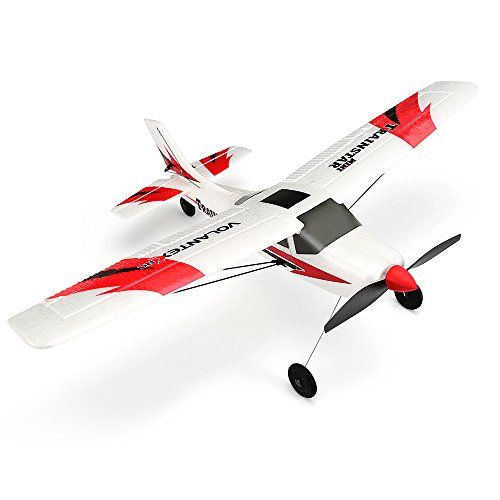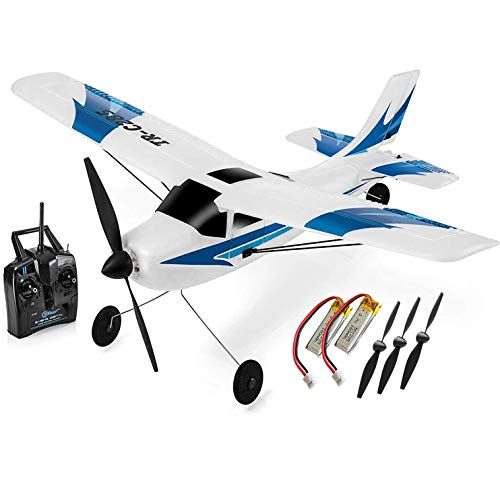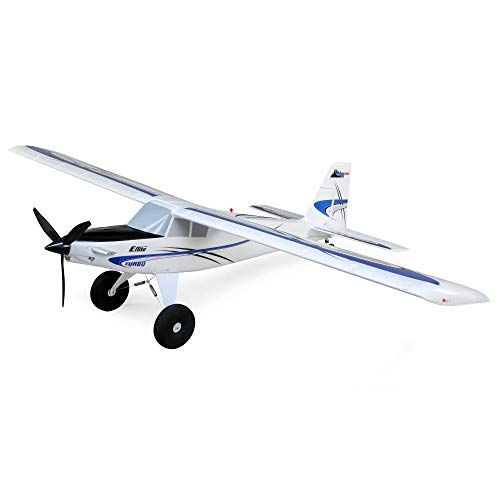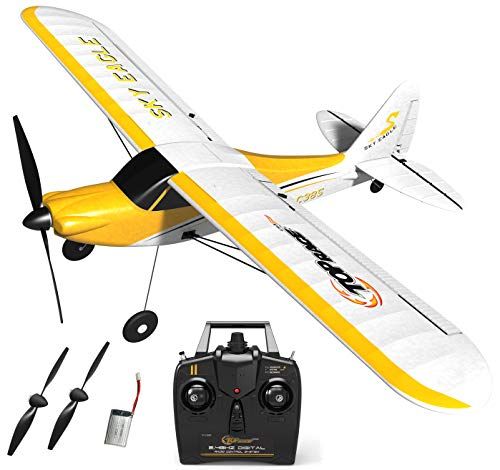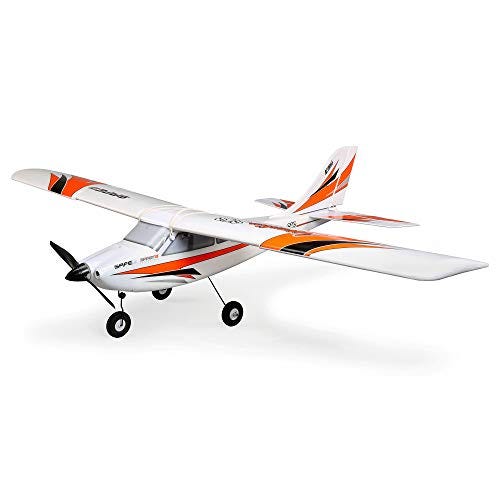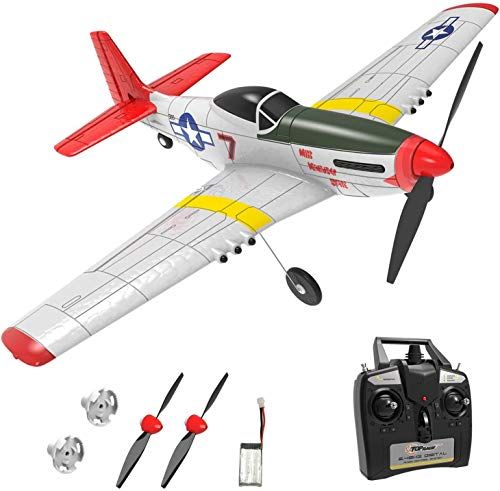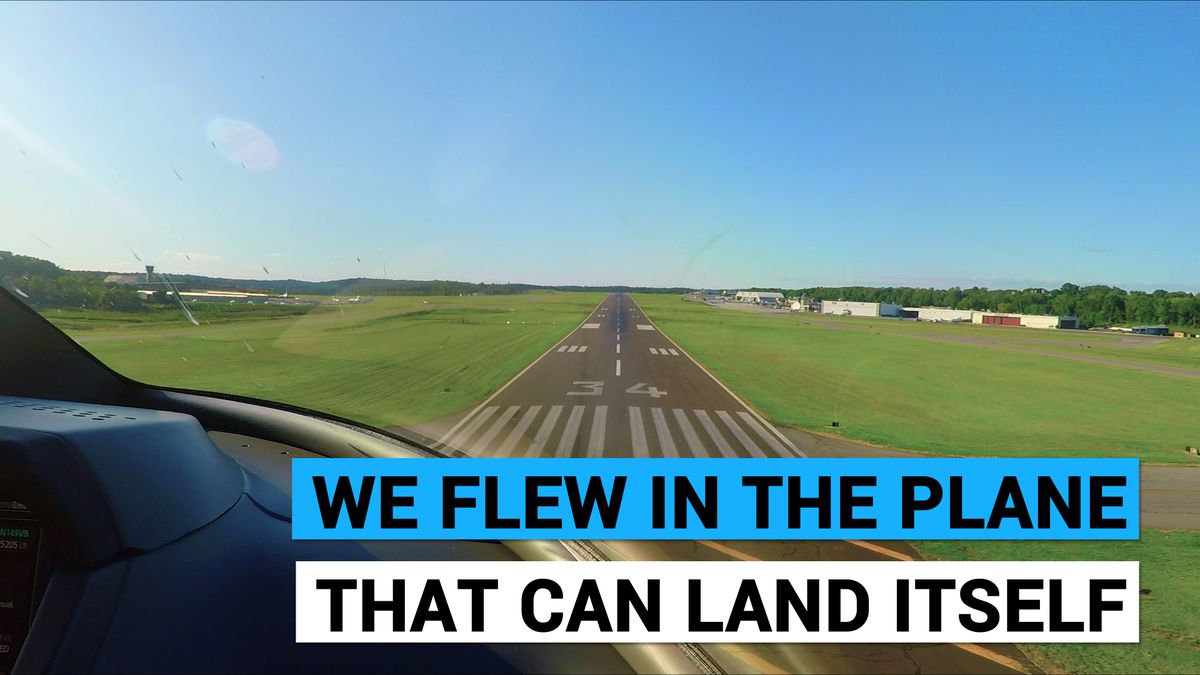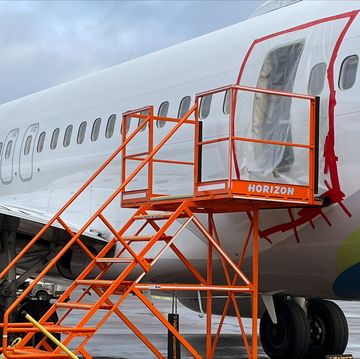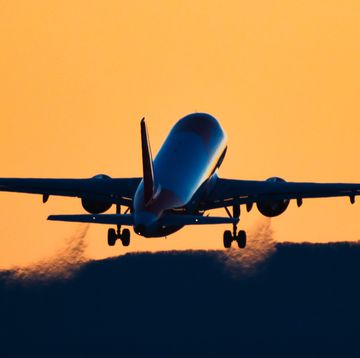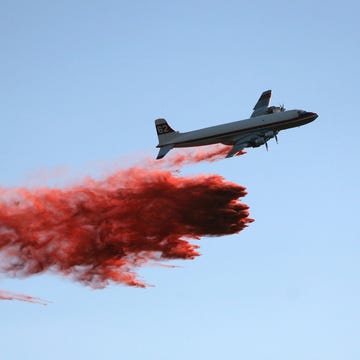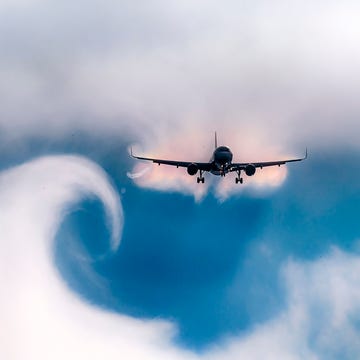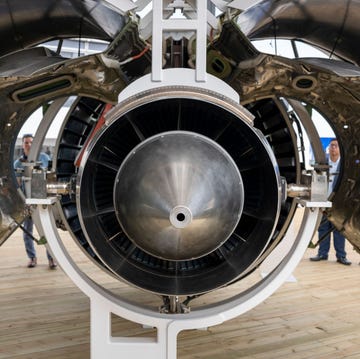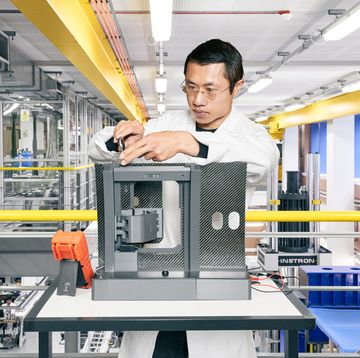- An experimental Airbus concept shows airplanes flying in formation to save fuel.
- This concept carefully capitalizes on wake turbulence, which engineers have fought against for more than a century.
- Birds are hard to study, and we still don't understand their flight formations well.
Could passenger planes begin flying in formation to draft each other’s wingtip vortex effects? One Airbus-based startup concept thinks so. The concept uses a formation idea inspired by birds, who commute north to south and back in large V shapes to capitalize on the updraft generated by the birds in front.
✈ You love badass planes. So do we. Let's nerd out over them together.
When airplanes push through the air at high speeds, they generate something called wingtip vortex, also called wake turbulence, even though it’s not true turbulence at all. True turbulence is more like the way fall leaves follow and swirl in circles after a car passes through, because cars are not as aerodynamic and are usually interacting with more complex surroundings. Wingtip vortex is so uniform and predictable that it lingers in the air for minutes and can even work to pull on the airplane, which is called vortex drag.
In the concept pushed by the Airbus incubator, appropriately named “fello’fly,” planes line up over a mile apart, which is still close enough to benefit from the wingtip vortices generated on either side of the lead plane.
This sounds like a good idea, and when employed in the right way, it really can be. But it’s counterintuitive to a lot of ideas pilots are taught about wake turbulence.
“Extremely powerful vortices—especially those generated by a large aircraft—have been known to flip smaller planes that have encountered the horizontal tornado of air streaming behind,” CNN explains. “Avoiding wake turbulence is part of a student pilot's curriculum, as it will be in the fello'fly demonstration.”
To ride the wave without facing adverse outcomes, fello’fly planes will use an updraft of air that’s just outside the tube of wingtip vortex. That means careful planning and formation that’s more offset to make sure the planes truly follow in the updraft instead of the vortex. The updraft they want to ride is invisible, but basically, the planes will bodysurf in the most advantageous portion of the full spread of wake from the lead plane.
Let’s use an analogy everyone understands: Top Gun. In the movie, Tom Cruise practices extremely close formation flying, and the climactic events are caused by something the characters refer to as jetwash. Unlike wake turbulence, jetwash, which is an umbrella term for the massively propelled air and gases that flow out of jet engines, is definitely highly turbulent. In the context of the movie, that idea is used to suggest that fighter jets can basically stall out within that turbulent blast.
Our Favorite Hobby RC Planes
Wake turbulence is less of an immediate threat, although flipping planes is still a big deal that can disorient pilots and cause dangerous complications.
Think about driving a small motorboat when a yacht or even a cruise ship passes and being swamped and tossed around in the larger boat’s wake. But a carefully controlled and technology assisted formation, Airbus says, could mean lower fuel costs—a reduction of 5 to 10 percent.

Caroline Delbert is a writer, avid reader, and contributing editor at Pop Mech. She's also an enthusiast of just about everything. Her favorite topics include nuclear energy, cosmology, math of everyday things, and the philosophy of it all.

